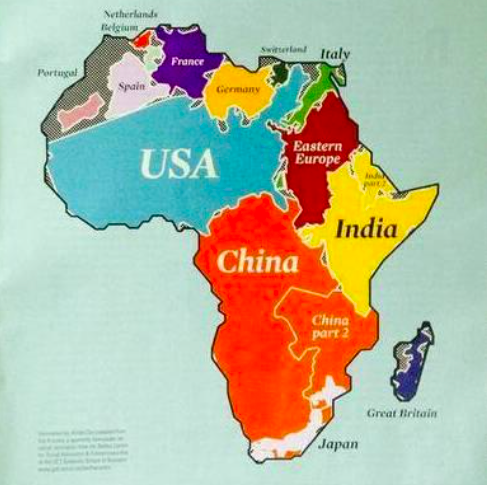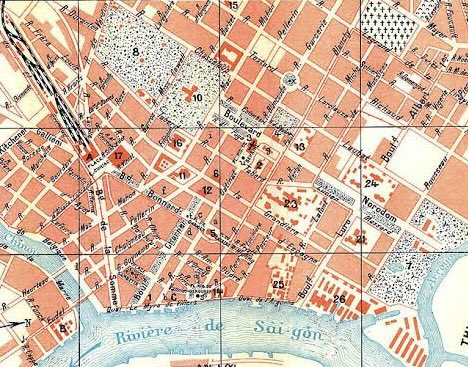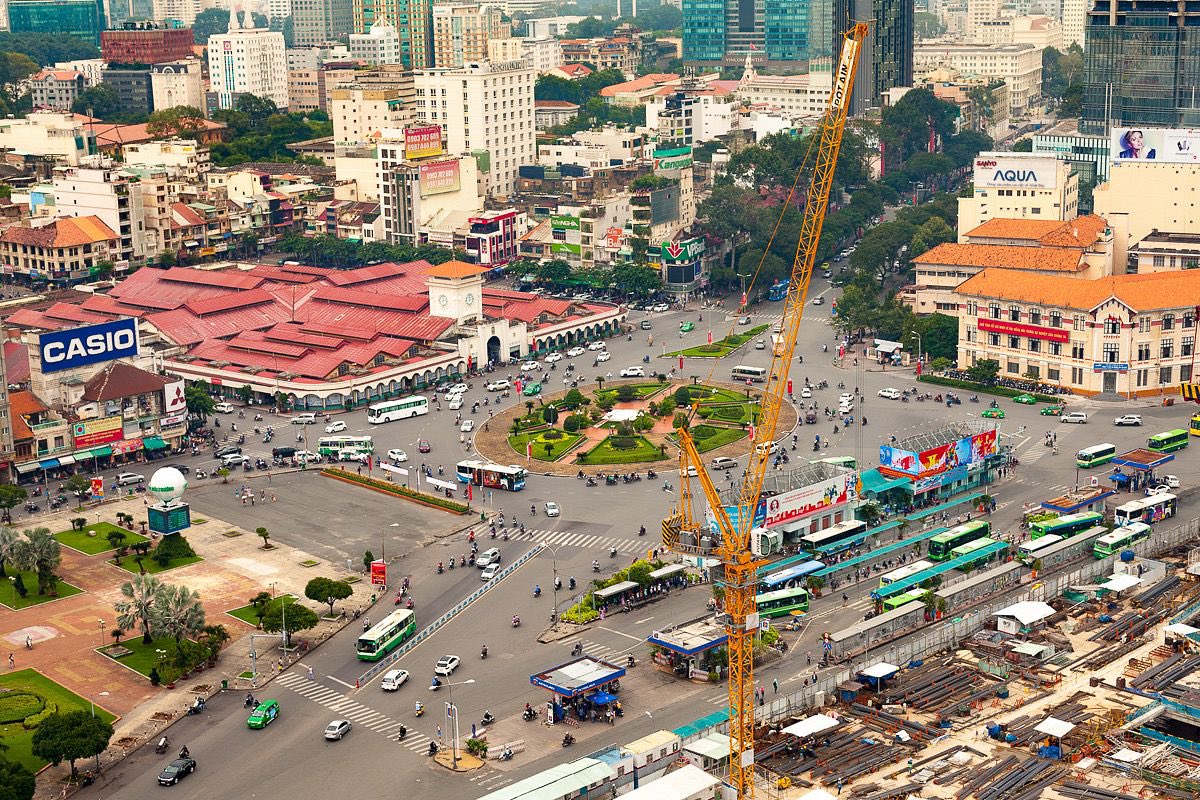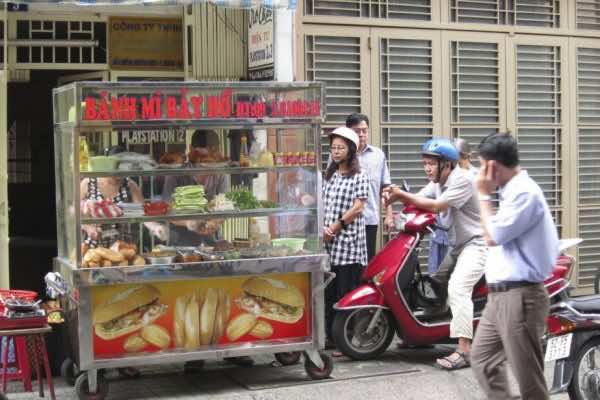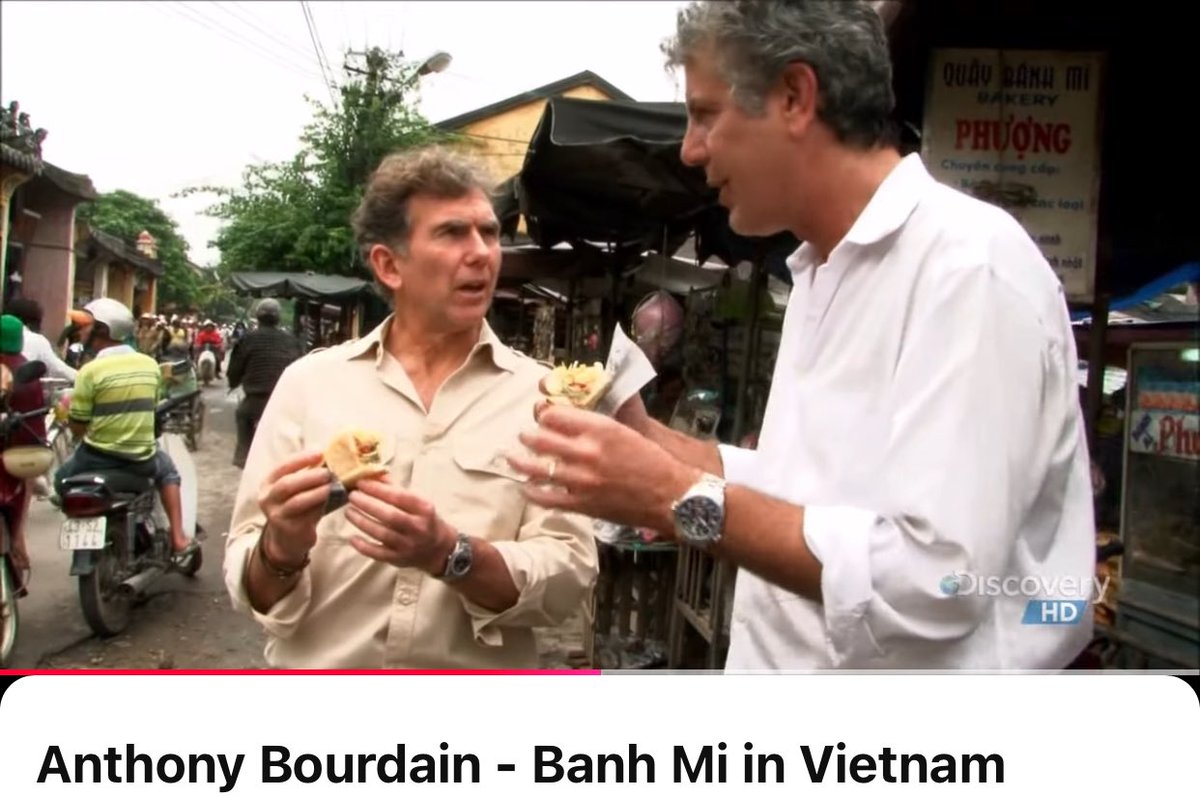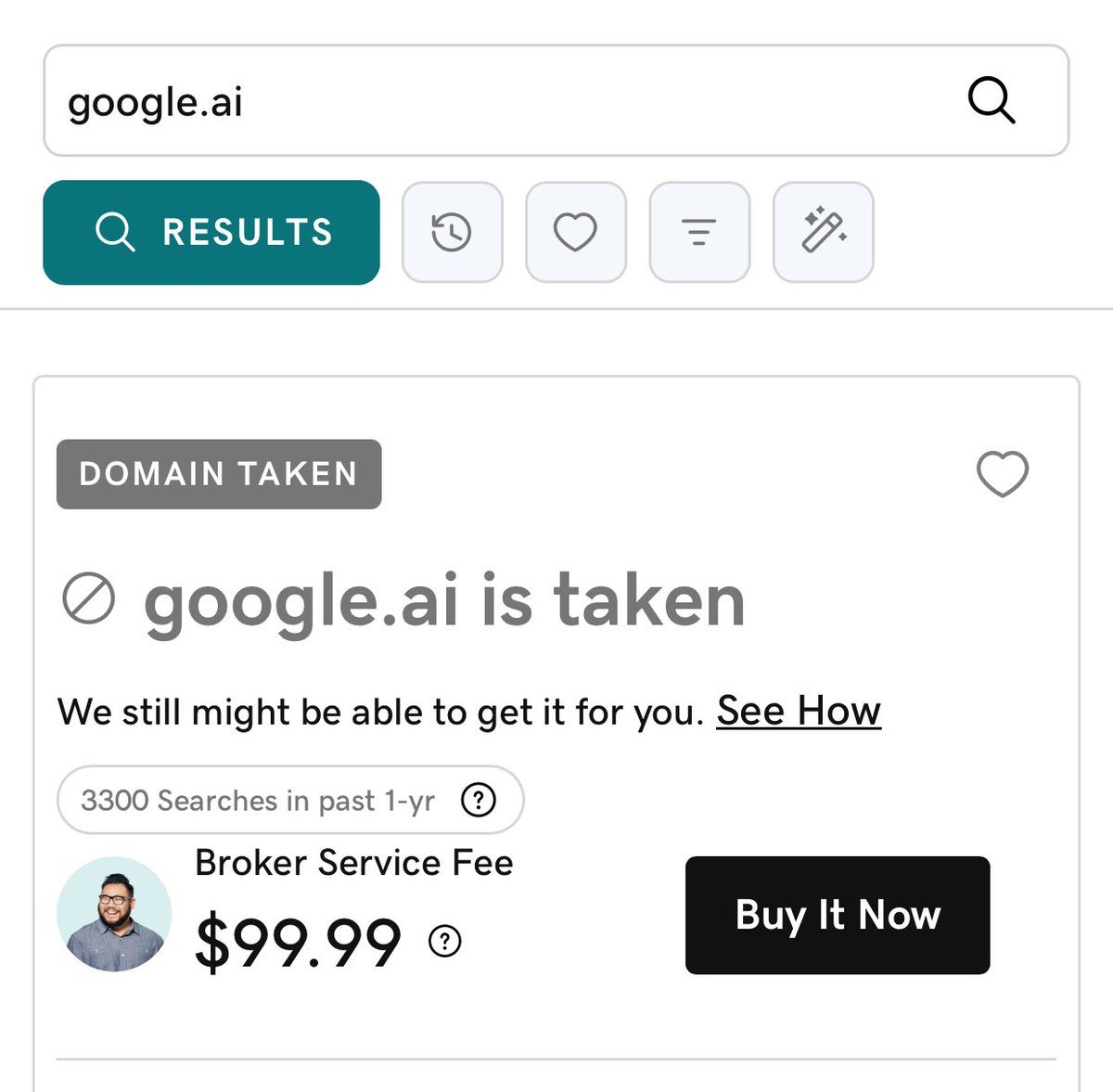Found a glorious collection of maps from Reddit. Some could def change how you look at the world.
Here are 12 of them 🧵
Here are 12 of them 🧵
If you're born into a country that is:
🔵 RULE OF LAND: You are automatically offered citizenship regardless of parent's nationalities.
🔴 RULE OF BLOOD: Your citizenship depends on citizenship of parents.
🔵 RULE OF LAND: You are automatically offered citizenship regardless of parent's nationalities.
🔴 RULE OF BLOOD: Your citizenship depends on citizenship of parents.

The longest possible train ride in the world
(travel time = 11,000 miles, 275 hours)
"I need you to book me a train from Portugal to Vietnam, but make sure it goes **around** Mongolia."
(travel time = 11,000 miles, 275 hours)
"I need you to book me a train from Portugal to Vietnam, but make sure it goes **around** Mongolia."

"Cha" and "te" are both Chinese words for tea. If your geography came into contact with tea by:
◻️ The Silk road, its called "cha"
◻️ by shipping routes (starting with Dutch traders), its called "tea"
◻️ The Silk road, its called "cha"
◻️ by shipping routes (starting with Dutch traders), its called "tea"

In you enjoyed that, follow @TrungTPhan for other interesting threads 1-2x a week.
Here's another you might like:
Here's another you might like:
https://twitter.com/trungtphan/status/1426945637422043137
Also: check out my Saturday email send for a weekly round-up of interesting insights and hilarious memes.
trungphan.substack.com
trungphan.substack.com
The largest volcano in our solar system is on Mars (Olympus Mons). Here it is in comparison to the state of Arizona. 

This map def belongs in the thread:
https://twitter.com/rkiplagat/status/1466258269383630852
• • •
Missing some Tweet in this thread? You can try to
force a refresh



